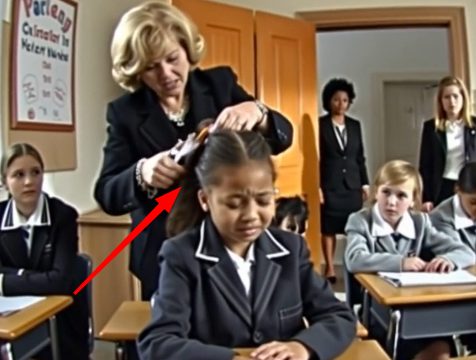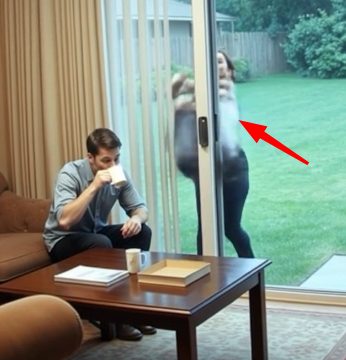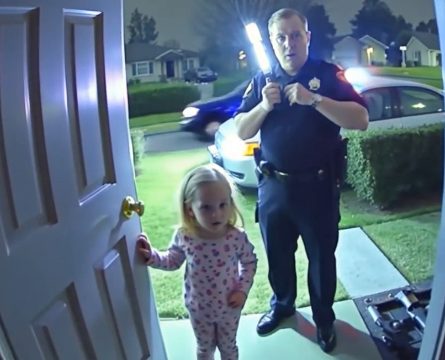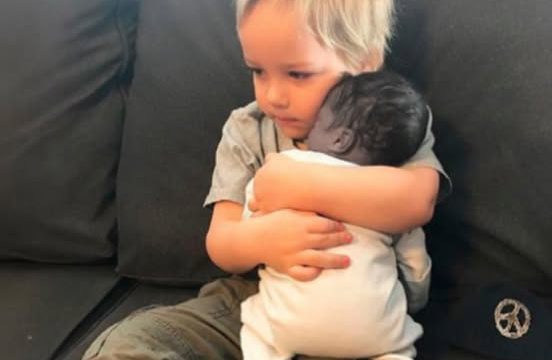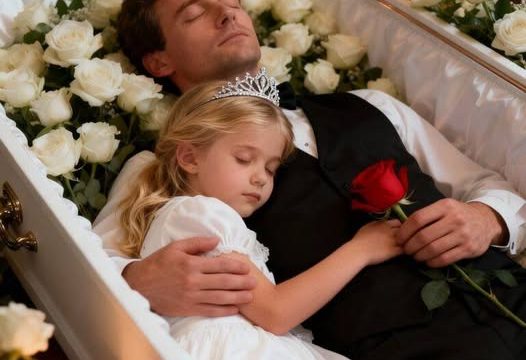Toy cap guns hold a special place in the hearts of those who grew up during the mid-20th century. Far more than just playthings, these miniature replicas of real firearms were a gateway to imaginative adventures. With the pull of a trigger, kids were instantly transported into the world of Western cowboys and epic shootouts, often reenacting scenes inspired by their favorite TV shows and movies. The sound of a cap gun’s “pop,” the subtle smoke trail, and the faint smell of gunpowder made the experience feel thrilling and lifelike. For many, these toys were essential childhood artifacts that sparked creativity, friendship, and fun.

The roots of toy cap guns trace back to the 19th century, but their cultural explosion happened in the 1940s and 1950s. During that period, the American entertainment industry was flooded with cowboy-themed content. Characters like Roy Rogers, The Lone Ranger, and Hopalong Cassidy were household names. It wasn’t just about watching them—it was about becoming them. That desire translated into kids seeking props that made their cowboy dreams feel more tangible, and cap guns were at the top of every wish list.
The term “cap gun” comes from the small “caps” used to produce a popping sound. These caps contained a tiny amount of explosive compound—usually perchlorate—and were designed to go off when struck by a hammer mechanism inside the toy. Some caps came in paper rolls, while others were in circular plastic discs. When fired, they created a sharp noise, a little puff of smoke, and sometimes even a small spark, simulating the experience of firing a real gun.
Manufacturers designed cap guns with realism and durability in mind. Many models were made from die-cast metal or sturdy plastic, featuring intricate engravings and finishes that mimicked authentic firearms. Popular models like the “Pony Boy,” “Texan Junior,” and “Deputy” became iconic. Brands such as Halco, Hubley, and Kilgore led the industry in craftsmanship and style, producing toys that could withstand countless backyard adventures. Each model had its charm—whether it was the weight, the trigger action, or the elaborate design that mimicked a real revolver.
The popularity of toy cap guns wasn’t just about aesthetics. These toys created a multisensory experience. The realistic sounds and smells offered a level of interaction that simple toys couldn’t match. Kids didn’t just play with them—they lived stories through them. It wasn’t unusual to find groups of children forming teams, pretending to be sheriffs, bandits, or bounty hunters. The toy brought them together, giving them shared narratives and thrilling playground missions.
Among the most sought-after models was the Halco “Pony Boy,” beloved for its detailed engravings and solid construction. The “Texan Junior” offered a lightweight option with all the visual flair of a classic cowboy sidearm. Meanwhile, the “Deputy” often came with a leather holster and stood out for its rugged simplicity. Another fan favorite was the Hubley Cowboy Revolver, known for its realistic weight and wooden-look plastic grips that made it feel like the real deal.
However, as time marched on, the golden age of toy cap guns began to wane. In the latter half of the 20th century, growing awareness around gun violence and changing societal values led to tighter regulations on toy weapons. Manufacturers were required to design cap guns with bright, unrealistic colors and orange safety tips to distinguish them from actual firearms. The aesthetic transformation stripped the toys of much of their appeal. At the same time, the rise of digital gaming shifted children’s attention away from physical toys to screens, leaving cap guns behind as relics of a bygone era.
But the story doesn’t end there. Today, vintage toy cap guns are highly prized by collectors and nostalgia enthusiasts. Original models in good condition—especially those with intact engravings and original packaging—can fetch significant prices. Collectors value not only their physical design but also the memories they evoke. When hunting for collectible cap guns, enthusiasts are advised to check for functional mechanisms, minimal rust, and the authenticity of branding. Models from Halco, Hubley, and Kilgore remain the most coveted.
Storage and care are also important. These vintage toys should be kept in a dry, cool space to prevent rust and degradation. And while they may no longer be suitable for play under modern safety standards, their legacy endures through display collections and exhibitions.
Ultimately, toy cap guns represent more than just a childhood pastime—they’re a symbol of a different era, when imagination reigned supreme, and a simple “pop” was enough to ignite epic adventures. For many, they serve as a bridge to fond memories and simpler times, when the backyard was the Wild West, and every kid was a cowboy with a mission.
If you’re lucky enough to have one of these vintage cap guns tucked away in your attic or inherited from a relative, consider it a piece of toy history. Whether you’re a seasoned collector or simply someone who remembers the magic, these little poppers are timeless treasures worth preserving.
